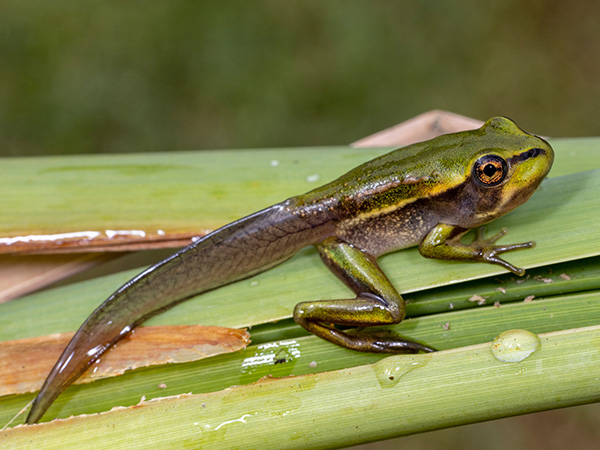
Grade:
Topic:
Unit:


In this lesson mini, students learn about the main stages of a frog’s life: egg, tadpole, and adult frog. They explore how tadpoles go through metamorphosis, growing and changing into adult frogs.

Minutes
Minutes
Minutes

Check out Britannica Studio, your teacher-first AI workspace that turns Britannica’s verified, standards-aligned content into engaging, differentiated, and student-ready materials in minutes.
Level-up current events into dynamic learning!